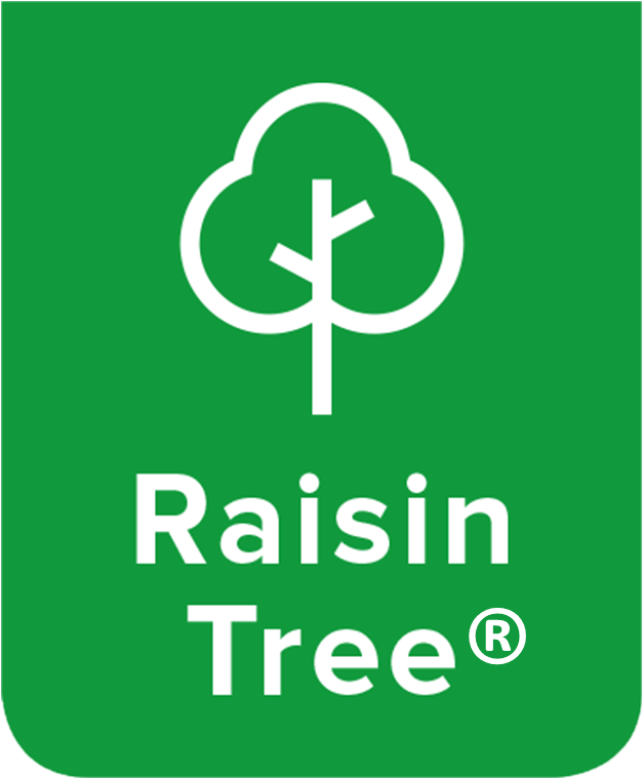Things to Consider When Using Dihydromyricetin (DHM)
Dihydromyricetin (DHM) sourced directly from the Hovenia dulcis, also known as the Japanese raisin tree, is commonly found in East Asia.
The Hovenia dulcis tree has long been used in traditional Chinese medicine and it has a long history of medicinal and dietary use.
The leaves from the Hovenia Dulcis were first brewed into a herbal tea around six hundred years before the birth of Christ. Printed during the Wanli period, Ben cao gang mu (Compendium of materia medica) is a work on an encyclopaedic scale. It was compiled by Li Shizhen (circa 1518–93), a native of Sichuan, who was one of the greatest physicians, pharmacologists, and naturalists in Chinese history. The compendium contains details on approximately 1,800 medicinal drugs, including previously unknown varieties, with illustrations and some 11,000 prescriptions. Each herb is described by its type, form, flavour, nature, and method of application. The work was reissued many times during the Qing dynasty (1644–1911) and since then. It has been translated into many languages and is still considered the premier reference tool for Chinese herbal medicine. The properties and powers of Hovenia Dulcis (Raisin Tree) are detailed and discussed in the compendium.
Several active compounds have been scientifically identified and are under investigation, showing potential for treating a number of medical conditions.
One of these is Dihydromyricetin (DHM), which has been used in anti-alcohol medication and demonstrates liver-protective qualities. There is anecdotal evidence it potentially may be useful for treating neurological disorders such as Alzheimer’s and Parkinson’s diseases and anxiety-related conditions, with the added advantage of being non-addictive.
Dihydromyricetin (DHM) is regarded as one of the main bioactive constituents of the Hovenia Dulcis plant and is considered beneficial for health. It is a ‘safe’ herbal extract with no reported side effects.
Over the last thirty years, considerable efforts have been devoted to the studies on DHM, its effective extraction, structural feature, and bioactivity.
Vine Tea Dihydromyricetin (DHM)
Dihydromyricetin (DHM) is also commonly produced from a different plant base called Vine Tea (ampelopsis grossedentata).
When isolated, the form of Dihydromyricetin (DHM) produced is different from the natural form extracted from the Raisin Tree.
Vine tea has been used as an herbal tea by several ethnic minorities for hundreds of years in China. However, there is currently no comprehensive review available on vine tea. While researchers have investigated the various bioactivities of vine tea, so far, the specific mechanism of vine tea remains unclear, which may be attributed to the anti-oxidation, anti-inflammation, anti-apoptosis, and other pathways. Although vine tea extracts have shown promising results, further studies on optimal application, thermal stability, synergetic effect with other natural antioxidants, consumer acceptability, and sensory profile of vine tea are needed to support food product innovation.
The Real Content of Dihydromyricetin (DHM) Supplements
It has been exposed that a number of Vine Tea supplement brands are promoting Dihydromyricetin (DHM) from the Raisin Tree when in fact, the Dihydromyricetin (DHM) has been sourced from Vine Tea.
Safety
Vine tea can interact with certain medications, such as blood thinners, and can cause side effects such as nausea, vomiting, and headaches. It can also cause an allergic reaction in some people and can interact with other supplements or medications. Dihydromyricetin (DHM) extracted from the Raisin Tree (Hovenia Dulcis) has no reported side effects and it has been consumed over many hundreds of years. We recommend that you research the side effects of Dihydromyricetin (DHM) extracted from Vine Tea if that is your chosen supplement.






